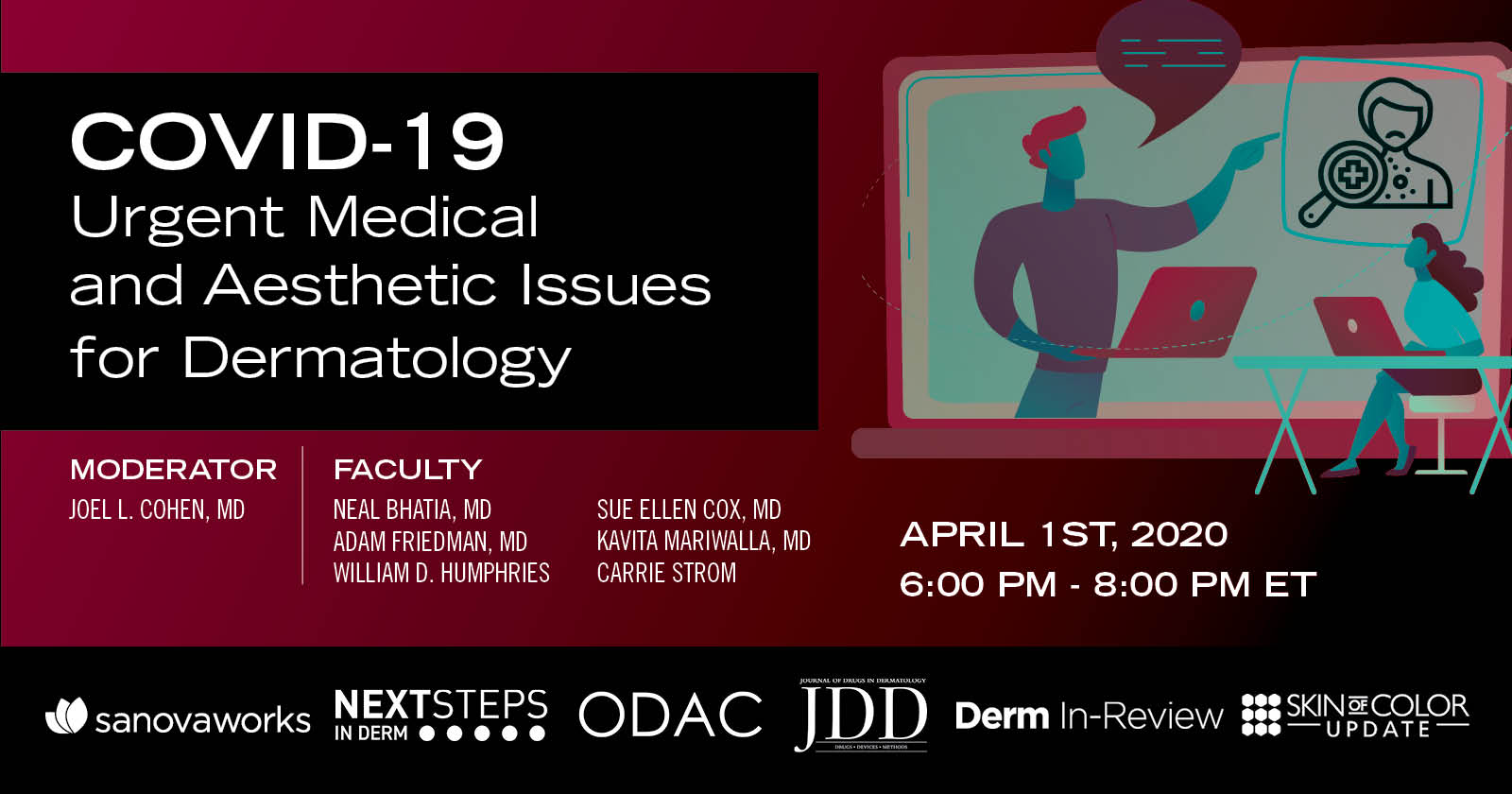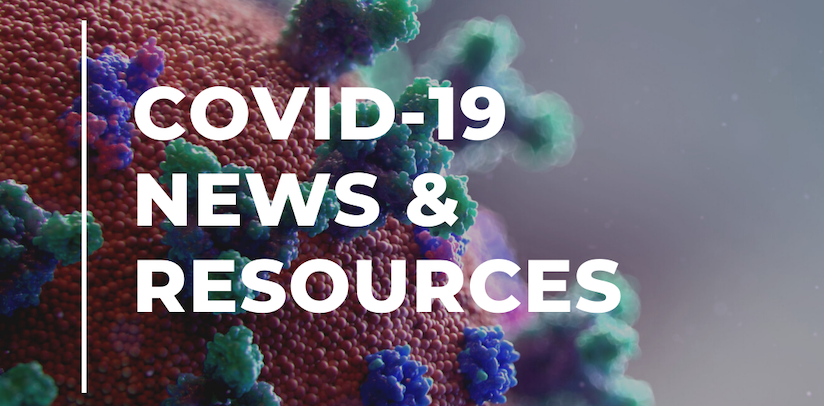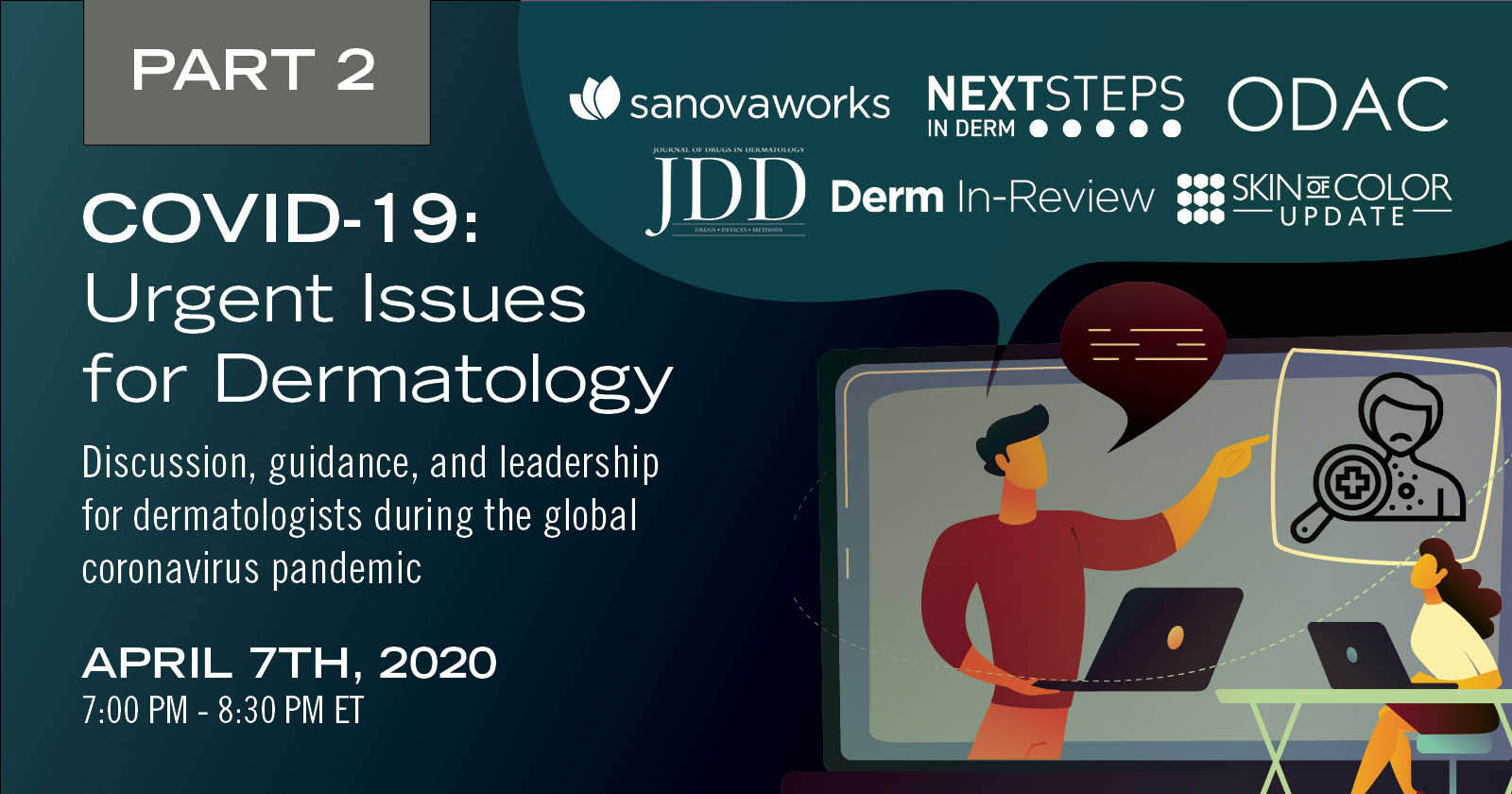
NEW YORK, (Apr. 21, 2020) – Shelley Tanner, SanovaWorks CEO/President
For most people, their entire world has changed overnight. We are in around week 5 of the global pandemic since its impact started rocking the inhabitants of the US. Almost all of the nations citizens are under some kind of “shelter in place” order to minimize risk of disease spread, and ultimately the toll that the impending wave of sickness, suffering and death that the COVID-19 virus would bring. Kids aren’t in school. Parents are now home-schooling while working. The degree of separation between each one of us and a COVID-19 death or critical illness is rapidly decreasing. Millions of people have lost their jobs, and for those who still have jobs, there is certainly some kind of anxiety attached to the conditions under which they are now working. Among the many professions and jobs that are considered “essential services”, are all healthcare workers. Whether they are on the frontlines or not, they are stepping into daily risk simply because of the nature of their work.
And what is the result of all of this? Anxiety. Fear. Depression. Anger. Emotions are high and many people do not know either how to deal with these new intensified feelings, nor do they have a clear understanding of the ripple effect left on the other side of them acting out of any of these particular feelings.
JAMA recently reported:
“The worldwide COVID-19 pandemic, and efforts to contain it, represent a unique threat, and we must recognize the pandemic that will quickly follow it—that of mental and behavioral illness—and implement the steps needed to mitigate it.”
SanovaWorks Initial Response to COVID-19
During the initial wave of uncertainty that hit my network of friends, colleagues and peers, SanovaWorks decided to bring together panels of various healthcare practitioners to help aid the anxiety that was boiling up through opening conversations that would help guide people. To date, we have completed four panels on various important topics in which no-one received compensation. Each is given and received as an offering to the community it served.
During promotion of our webinars, our choice of topics and panelists have come under scrutiny in a private, closed social media group. Emails and messages were sent to our staff that included emotionally charged language.
How Do You Respond to Negative Feedback?
I would say that the number one response in this kind of situation is to listen and inspire dialogue. By email, we have requested dialogue with every single person who has reached out. Although many have not responded, we continue to appreciate those that have.
In addition to listening, it is important to acknowledge the other party’s opinion and feelings. Acknowledging does not mean agreeing, but it does say “I hear you, and I respect that you have this opinion and these feelings”.
You do not have to apologize for doing things you believe in, but you can apologize for any issues that have been experienced by the other party as a result. Of course we did not intend that any action would result in suffering for the other party, and an apology is appropriate for unknown ripple effects like this. Any apology you give should be one hundred percent authentic or it isn’t worth saying at all.
Above all you must be respectful and kind. This should be “table-stakes”.
How Can You Learn from Feedback?
When marketers ask their target market research questions, while tantalizing to the ego, they are not looking for glowing recommendations. They are looking for the truth. Even if you do not agree with a person’s opinion, one piece of feedback can represent the opinion of more than just that one person. I would expect that leaders are grateful that some people are willing to stand up and verbalize their thoughts, giving insight to the market that would otherwise stay hidden. When someone in your market complains to you about something, as mentioned above, listening is the best course of action.
I live my life by the following advice that was shared by a very wise person I know:
If someone insults you and it is false, you should ignore them.
If someone insults you and it is true, you should thank them.
We should always be open to hearing what the market has to say. Their insight will prove valuable to navigate some of the complex business challenges you face.
How Can You Protect Your Teams
Many of SanovaWorks employees; have spouses who have lost jobs, are isolated in other parts of the country, have suddenly become full time carers for young children and have home-school responsibilities. While they all still have their jobs, they have uncertainty in general because we cannot make promises given the uncertain nature of things, are working on all the programs we were working on before the pandemic, but now to survive as a company, we are all working on additional programs. Our previous brick and mortar office location was in New York City, so many of our employees are located in that area–the global epicenter of the pandemic.
Add the recent feedback calling into question our decisions to facilitate a webinar for a group of heath care practitioners, that we had agreed to support, it makes an already bad day, week, or month, into an even more overwhelming situation.
What you can do is keep everyone informed. Do not let the rumor-mill increase any feelings of tension. You should state your position with regards to the matter by giving them basic facts, and an open line of communication to discuss the matter further. And you should reiterate the most important facets with points such as:
- We always listen to others
- We do not tolerate bullying and disrespect
- We should let people experience us by example and our integrity
- We believe all healthcare practitioners need and are entitled to appropriate education
As I reflect on the past weeks, and months, I can say that there has never been a moment that I did not feel hopeful– and ultimately that hope is that this global crisis gives each of us the opportunity to grow as human beings, citizens, leaders, and employees.
Shelley Tanner,
CEO/President SanovaWorks





Recent Comments